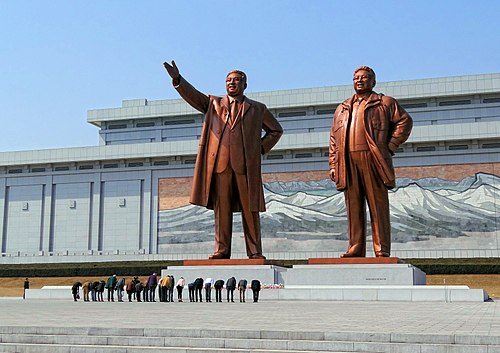Overview
A president for life may be regarded as a de facto autocrat. [2] [3]
Many leaders who proclaimed themselves president for life have not in fact successfully gone on to serve a life term. Most were deposed before they died, and others achieved a lifetime presidency by being assassinated while in office. However, some have managed to rule until their natural deaths, including José Gaspar Rodríguez de Francia of Paraguay, Alexandre Pétion and François Duvalier of Haiti, Rafael Carrera of Guatemala, Josip Broz Tito of Yugoslavia, and Saparmurat Niyazov of Turkmenistan. Others made unsuccessful attempts to have themselves named president for life, such as Mobutu Sese Seko of Zaire in 1972. [4]
Some long-serving autocratic presidents are mistakenly described as presidents for life. They were never officially granted life terms and, in fact, stood periodically for reelection. However, in most cases, these were sham elections which guaranteed them re-election. [5] [6] [7]
This page is based on this
Wikipedia article Text is available under the
CC BY-SA 4.0 license; additional terms may apply.
Images, videos and audio are available under their respective licenses.
